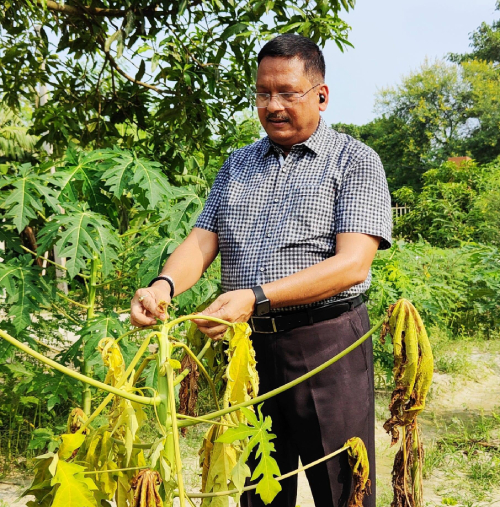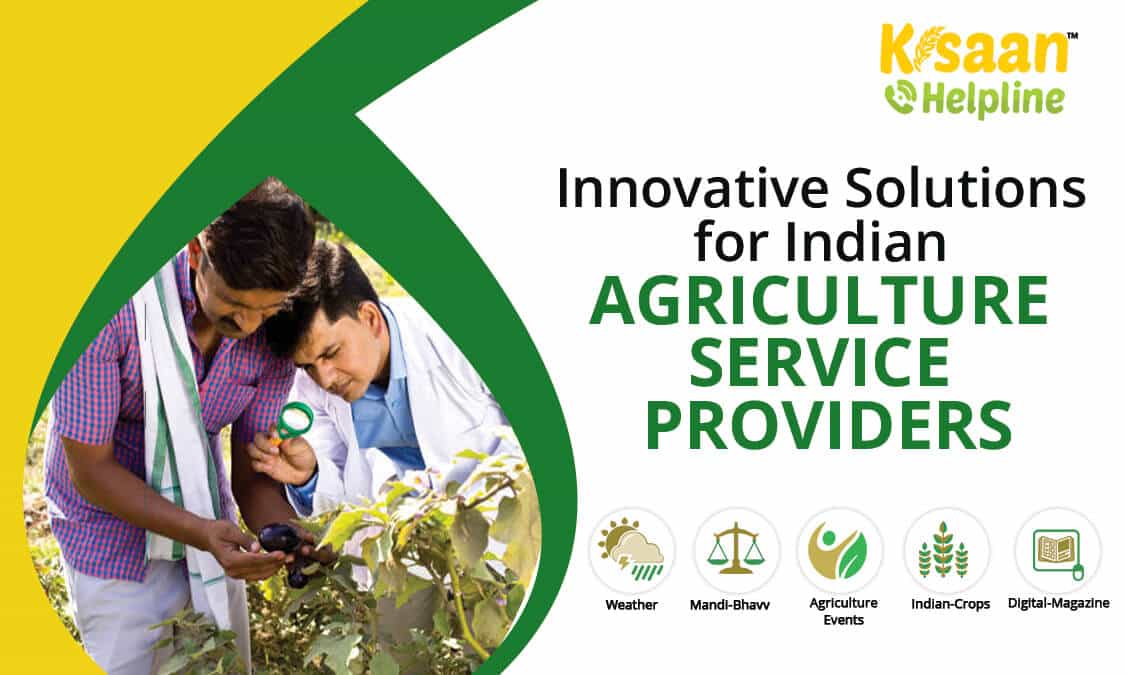
How to Prepare an Agricultural Value-Adding Business Initiative
Vikas Singh Sengar 1 and K.K. Singh2
1. Assistant Professor, Agril. Economics, SIPS, Dehradun
2. Asstt. Prof. & Head , Agril. Economics, ANDUAT, Kumarganj, Ayodhya
Many value-adding initiatives in agriculture that fail are neither written about nor discussed as a case study. Success is celebrated and failures can be giving serious and adverse effects on individuals and communities. So, value-adding initiatives require a serious judgment, careful assessment of alternatives, thoughtful planning and scenario (business script) analysis are the much needed before the business establishment. The purpose of these documents is to provide a working framework for undertaking the value-adding initiative judgment or decision making process.
Meaning: Searching for Opportunities Successful value-adding initiatives are innovation-driven. Innovation is the transformation of ideas into new products and services.
When we can think that outcomes as occurring from two different stages i.e.– the thought stage and the action stage – then these documents tell us about the thought stage. These documents present the thought process of individual agricultural producers should go through the conversations. i. e. Conversation of idea with his colleagues, his associates, friends and family. The document is divided into three sections. i.e. First section, second section and third section
First section involves an argument with his colleagues for undertaking the value-adding initiatives in agriculture are to be presented and defended. If increasing the interest of all colleagues in value-adding initiatives. We can be placed value-adding initiatives within the context of reality of agri-food market condition which are prevailing in existing market, and to judge the support for such considerations within the production-processing-marketing condition.
Second section involves, the scope of opportunities emerging in the agri-food sector in present contrast are to be presented and arguing that particular industry members or participants should have been taken a broader sense / sharp mind/ opportunities and business strategy and their limitation. In narrow sense, primary objectives of value-adding initiatives are to enhance producers’ net farm income as well as wealth,
The third and final section of this study is presents into the five steps. It is argued that the probability of success depends on the second stage of outcome if the first (thinking) stage are to be properly employed or executed – the action stage – is higher. These belief motivating factors are growing an interest on value-adding initiatives by agricultural producers, while the rationality makes sense on its execution. It is based on assessment of cold business facts as well economic facts. The concept of value-adding, facilitate this assessment. The Success of value-adding depends on producers’ skill, if producers efficiently used available resources then business initiatives success.
For Success full Value-Adding Initiatives following steps are necessary:
- Implementation Preparation
- Economic Analysis
- Resource Gap Assessment
- Opportunity-Scoping
- Maximizing Internal Efficiencies
- These Five Steps is essential for value adding initiatives.
Conclusion: Value-adding business initiatives are defined as those producers which are received extra reward for performing traditionally. It is one approach which is enhancing producer net income. The process covers the steps which are very necessary for thinking through value-adding initiatives – identification of opportunities and selecting them, evaluate their feasibility as well as identify potential sources of resource which facilitate the business opportunities.
First step, value-adding initiatives are maximizing internal efficiencies. It is pointed out that internal efficiencies are not maximized, and could make producers more permeable to market changes as well as competitive pressures. Other steps involved assessment of business opportunity. This can be helpful for the participants. So, they can build up their business planning. The final step and last steps, is to prepare for implementation of value adding project for effective participation by producers in the venture. It also primes for developing the any business idea or plan for the venture.








